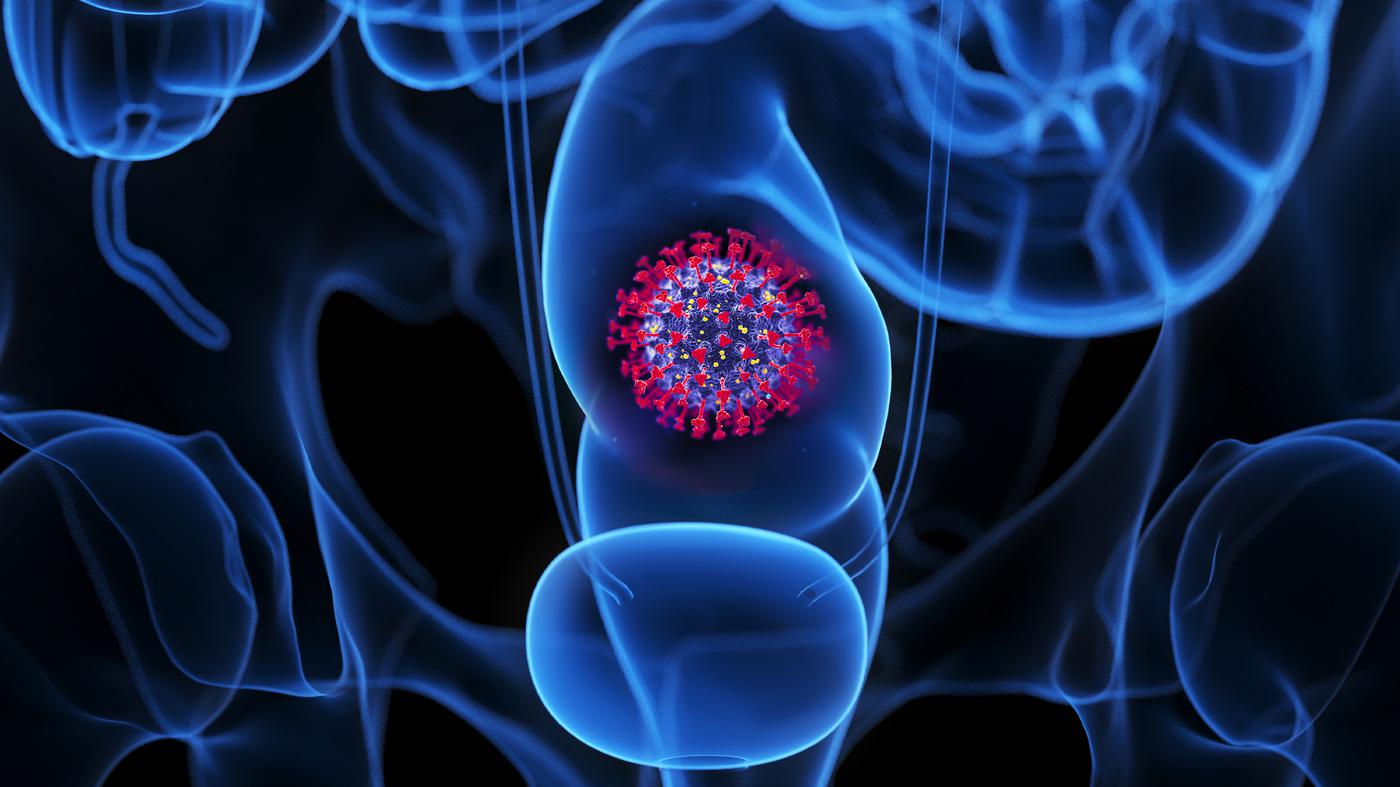Almost half of the honey imported into the European Union is adulterated. Instead of pure bee honey, consumers unknowingly buy fake products.
BERLIN – Honey is delicious and – in moderation – healthy too. But not everything that says honey contains honey. said Chris Mithmann, managing director of the company Foodwatch Germany. Authorities can only detect potential fakes using the latest analysis methods. They are not available in sufficient numbers.
In the past, forgers would adulterate honey with sugar syrup made from cornstarch or cane sugar, like them. Agence France-Presse (AFP) Communicates. However, they now use juices made primarily from rice, wheat, or sugar beets—a scam that most labs can’t technically detect.
The European Union exposes fraud: 46 percent of honey imports are adulterated
Therefore, the European Commission commissioned the Joint Research Center (JRC) laboratory to analyze 320 honey samples using modern methods. results Stady Doubtful: In 46 percent of the samples, cheaper sugar syrup—made from rice, wheat, or sugar beets, among others—was detected.
This is prohibited by EU law. The specifications are as follows: honey as a natural product must be pure and free from other substances and even water that can increase the volume of the product. After the publication of the EU report, the non-governmental organization Foodwatch (NGO) called for stricter controls in Germany. “Consumers have been buying fake honey in supermarkets for years without even knowing it,” says Mithmann, MD.
Honey scam: UK has 100 percent suspects
According to the information, the counterfeiting rate is afp 46 percent, about three times what it was during the last EU monitoring report from 2015 to 2017. At the time, the proportion of samples rejected was just 14 percent. Of the 21 samples taken in France, only four were of “real honey”. In Germany, at least half of the 32 samples taken were suspicious. Specifically, 74 percent of the 89 honeys from China received complaints, as did almost all honeys imported from Turkey.
Honey imported from the UK had a higher suspected rate: 100 percent of the samples were presented in the EU report. This is likely because the honey was produced in other countries and further blended in the UK before being re-exported to the EU. The European Union imports 175,000 tons of honey from third countries annually, equivalent to 40 percent of its consumption, making it the second largest importer of honey in the world after the United States.
Mithmann’s predecessor as general manager of Foodwatch Germany, Thilo Bode, complains generally in his new book that customers in the supermarket can no longer decide what kind of quality they are buying. (not available / afp)

“Award-winning music trailblazer. Gamer. Lifelong alcohol enthusiast. Thinker. Passionate analyst.”






More Stories
Moderators don't recognize Liz Truss
Wimbledon 2025 goal – Boris Becker is no longer insolvent – Culture and Entertainment
Former tennis star: Wimbledon 2025 goal – Boris Becker is no longer insolvent – Entertainment